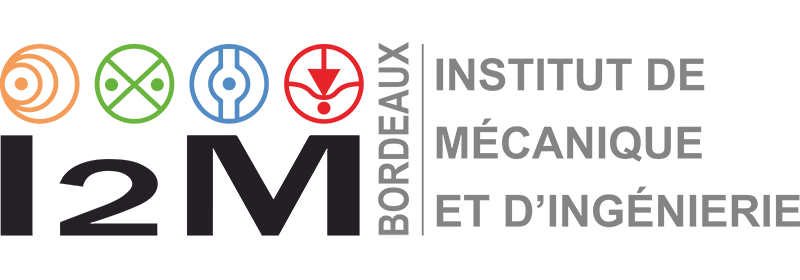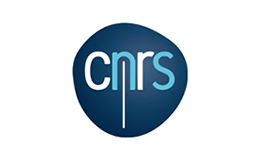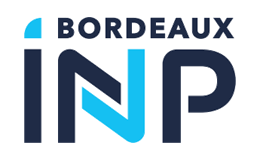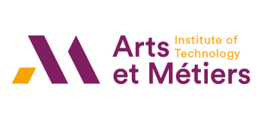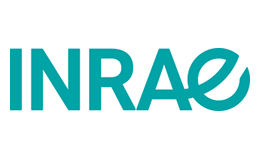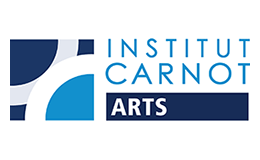22 Octobre – Soutenance Thèse Giulio Costa
10 h30 Esplanade des Arts et Métiers, 33400 Talence, Building R, Amphi B
Subject : Design and Optimisation Methods for Structures produced by means of Additive Layer Manufacturing processes
A dissertation carried out under the supervision of Mr. Jérôme PAILHES and Mr. Marco MONTEMURRO
Jury:
M. Grégoire ALLAIRE | PU, CMAP, UMR CNRS 7641, Ecole Polytechnique | Reviewer |
M. Alberto PIRRERA | Senior Lecturer, ACCIS, University of Bristol | Reviewer |
M. Paolo VANNUCCI | PU, LMV, UMR 8100, Université de Versailles Saint-Quentin-en-Yvelines | Examiner |
M. Philippe VERON | PU, LSIS, UMR CNRS 7296, Ecole Nationale Supérieure d’Arts et Métiers | Examiner |
M. Frédéric VIGNAT | MCF HDR, G-SCOP, UMR CNRS 5272, Grenoble INP | Examiner |
M. Stéven ROBIDOU | Ingénieur Bureau d’Etudes, Design-Methods JOSE46, Ariane Group | Invited |
Abstract:
The recent development of Additive Layer Manufacturing (ALM) technologies gives new opportunities in design. Generally, topology optimisation analyses are carried out for ALM structures. Nowadays, this task is done by means of commercial software, e.g. Altair OptiStruct. Nevertheless, some major issues hinder the apparent design freedom and a complete exploitation of the full potential of ALM. Firstly, the solution of a topology optimisation cannot be easily integrated in a suitable CAD environment. When standard software are used, the optimised part, as well as its boundary, has a discrete representation through finite elements but not a geometric one. Therefore, the resulting topology cannot be transferred to CAD software, which is the natural environment for a design activity. A time- consuming CAD reconstruction phase is needed and the designer must take a certain amount of arbitrary decisions: the detrimental consequence is that, after the reconstruction phase, the topology is modified and some optimisation constraints are no longer met. Secondly, there is no dedicated formulation of ALM-oriented constraints in commercial software.
This thesis proposes a general method to overcome the above shortcomings. An innovative topology optimisation algorithm has been developed: the topology is described through a purely geometric CAD-compatible entity (NURBS or B-Spline). In this framework, the finite elements analyses are devoted uniquely to the physical responses evaluation. The use of NURBS entities in topology optimisation consistently speeds up the CAD reconstruction phase for 2D structures and it presents a strong potential for 3D problems. Moreover, geometric constraints (included those that are not implemented in commercial software) can be efficiently and systematically integrated into the problem formulation when NURBS entities formalism is used in topology optimisation. The robustness of this method has been tested on several benchmarks, by considering different mechanical quantities (compliance, buckling loads, eigen- frequencies). Finally, in spite of the intrinsic CAD-compatible nature of the NURBS-based topology optimisation algorithm, some tools have been conceived to automatically determine the contour of parts in the form of curves and surfaces for 2D and 3D problems, respectively.
